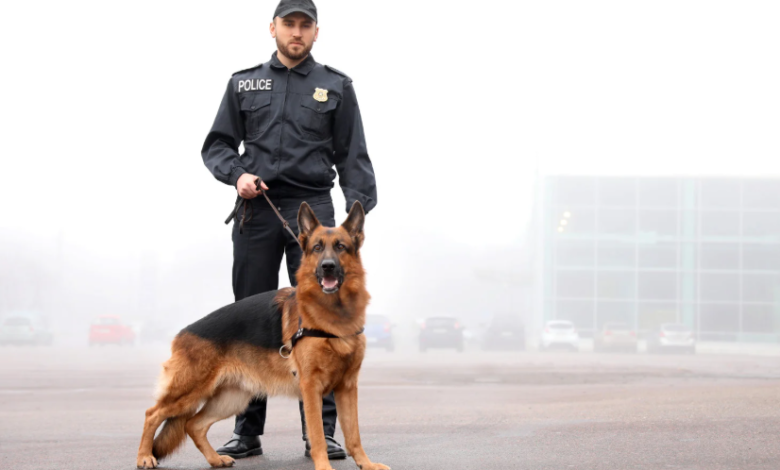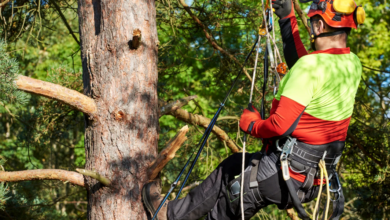Why Emotional Intelligence Is a Critical Skill in Every K9 Handler Course

Handling a working dog requires more than physical control or command execution, it demands a deep, intuitive connection between human and animal. In every well-structured K9 handler course, emotional intelligence plays a central role. This skill allows handlers to understand, respond to, and guide their dogs in high-pressure environments where calm decision-making and trust are essential. As K9 programs continue to evolve, emotional awareness is being recognized not just as a soft skill but as a tactical advantage.
Understanding Emotional Intelligence in K9 Work
Emotional intelligence (EI) refers to the ability to recognize, interpret, and manage one’s own emotions while also understanding and influencing the emotions of others. For K9 handlers, this includes reading subtle cues in their dogs, such as body language, stress signals, and behavioral changes, and adjusting their own energy and communication accordingly.
In unpredictable situations like building searches, suspect tracking, or crowd control, a dog mirrors the handler’s emotional state. A calm, emotionally grounded handler fosters clarity and confidence in their K9 partner, leading to better performance and safety for everyone involved.
See also: Subscriberz Homepage Tips for New Social Sellers
Integrating EI into Handler Training
Modern handler programs place significant emphasis on emotional control, stress regulation, and situational awareness. These components are embedded in every stage of instruction, not only to help handlers improve their performance, but also to maintain a strong working bond with their dog.
Those enrolling in a K9 handler program are expected to develop not only technical proficiency but also the soft skills that foster a strong working bond with their dogs. Training modules often include real-world simulations where handlers must navigate distractions and changing conditions while keeping their dogs focused and calm. The handler’s ability to regulate their own emotional responses directly affects the K9’s reliability and decision-making in the field.
Why It Matters in High-Stress Situations
The environments in which K9 teams operate are rarely predictable. Law enforcement, security, and emergency response units depend on handlers who can think clearly under stress while guiding a highly sensitive animal. A handler who panics or responds impulsively increases the risk of error, especially when their dog picks up on that tension.
That’s why emotional intelligence isn’t optional, it’s essential. It supports calm decision-making, effective communication, and quick recovery from setbacks. These qualities are especially important during scenarios involving search operations, public interactions, or high-threat situations.
Building Long-Term Working Relationships
Emotional intelligence doesn’t just impact performance, it strengthens the long-term relationship between the handler and the dog. Consistent emotional awareness leads to more effective correction, praise, and guidance. Over time, this builds mutual respect and trust, making the team more cohesive and responsive.
Strong relationships translate to better real-world outcomes. When a dog trusts their handler’s signals and leadership, they’re more likely to act decisively in situations that demand immediate response. That kind of trust doesn’t come from commands alone, it’s built through emotionally intelligent communication.
Conclusion
A successful K9 handler is more than a skilled trainer, they are a grounded, emotionally aware leader. Courses that prioritize emotional intelligence alongside tactical instruction produce teams that are not only effective in the field but also resilient, adaptable, and deeply connected. As K9 operations continue to expand, emotional intelligence remains a defining trait of the most capable and trusted handlers.






